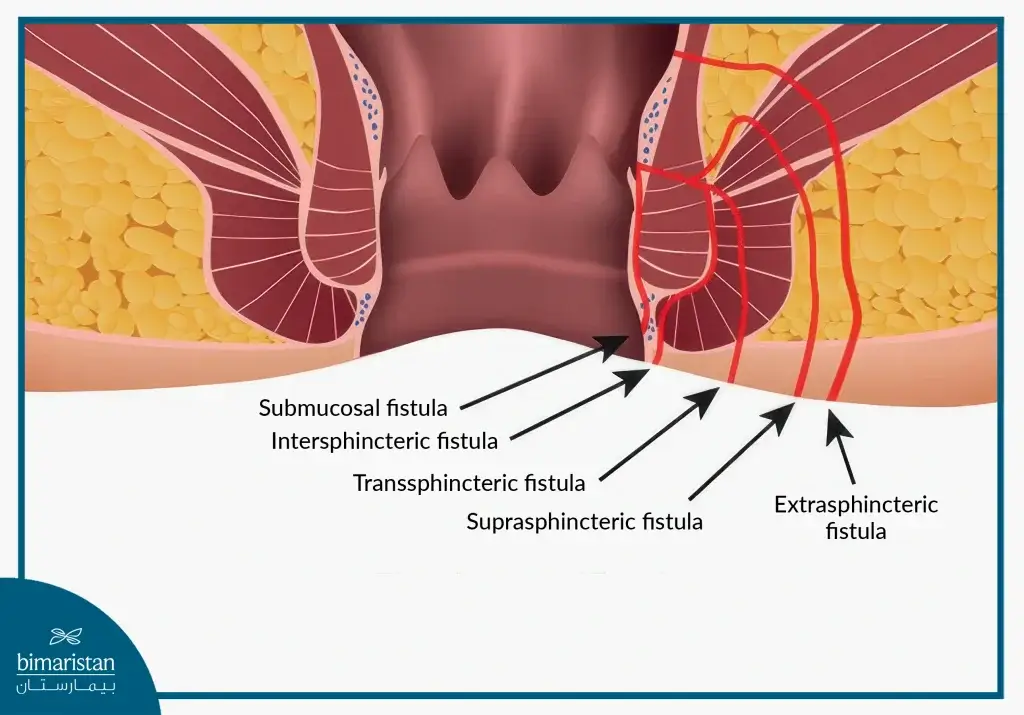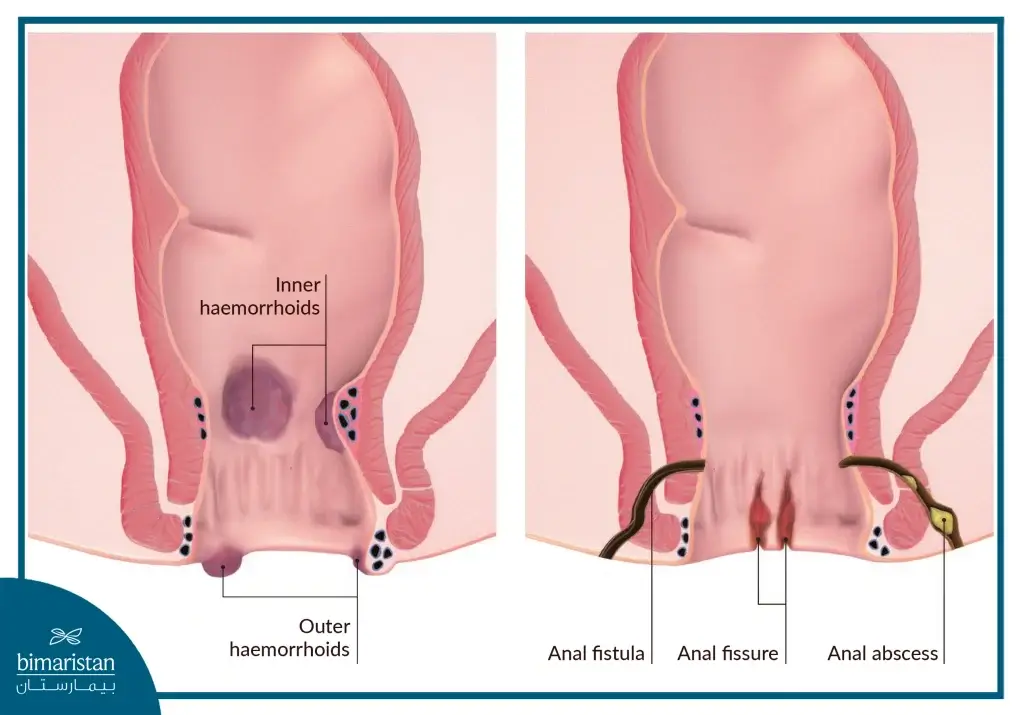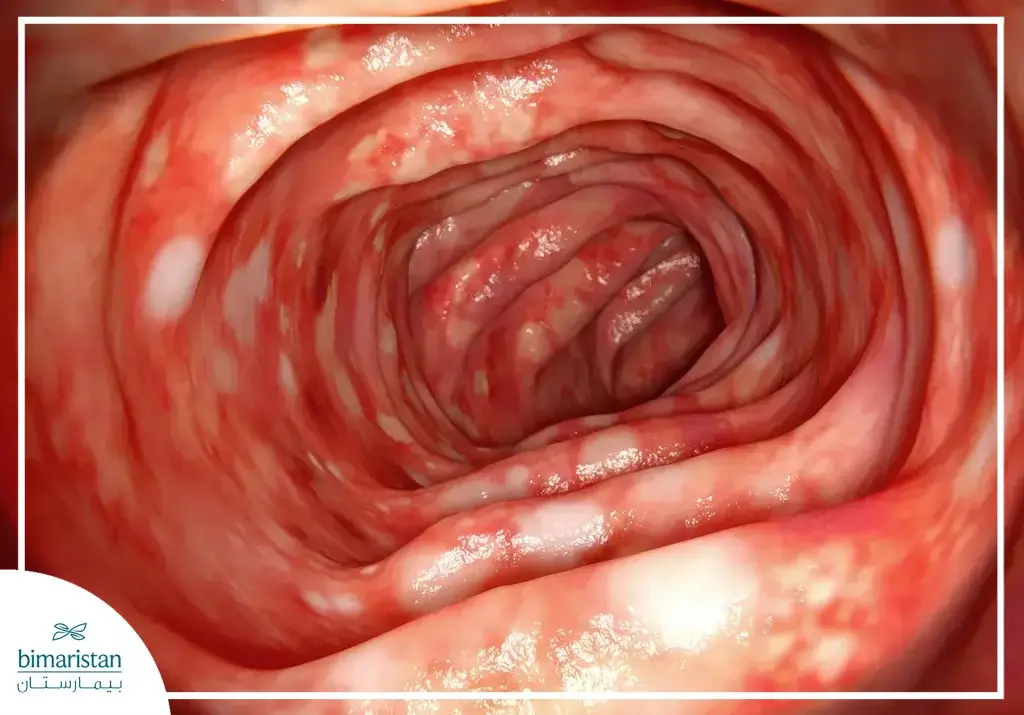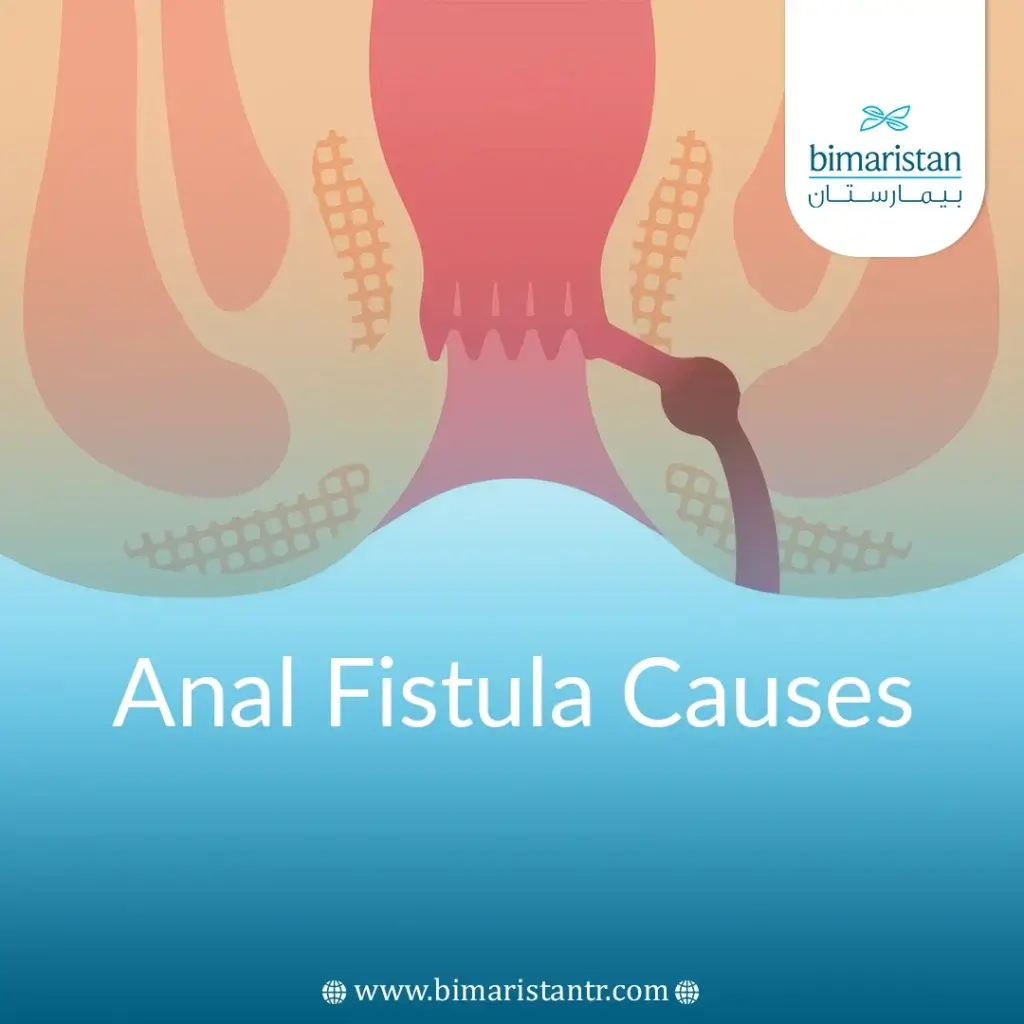Anal fistula is a common health condition that causes a lot of inconvenience to patients, where an abnormal canal forms between the anus and the surrounding skin. Although this condition can affect anyone, its symptoms vary from mild to severe and may require careful treatment. Dealing with anal fistula causes requires a good understanding of the different types and how to treat them appropriately to avoid complications. Early diagnosis and an effective treatment plan are the most important steps to ensure the patient can return to an everyday, pain-free life.
What is an anal fistula?
An anal fistula is an abnormal tunnel that develops between the anus and the surrounding skin, sometimes known as a perianal fistula. It usually forms at the top of the anus, where the anal glands are located. When these glands become infected with an abscess, the leakage of pus from the abscess may cause a small channel to form between the anus and the skin – the fistula.
This condition causes uncomfortable symptoms such as pain and skin irritation. Usually does not improve on its own and does not heal without medical intervention; surgery is recommended in most cases to treat anal fistula effectively.
Types of anal fistula
- Submucosal fistula: A superficial pathway within the anal canal that does not involve any sphincter muscle.
- Intersphincteric fistula: This type starts inside the anal canal and penetrates the internal sphincter, and passes between the internal and external sphincters to reach an opening in the skin near the anus.
- Trans-sphincteric fistula: Consists of tunnels that cross both the internal and external sphincters to the external opening in the skin around the anus.
- Suprasphincteric fistula: This fistula traces between the internal and external sphincter and then migrates over the top of the puborectalis muscle back to an opening in the skin around the anus. This type may extend to form a U-shape around the anus with external openings on either side of it.
- Extra-sphincteric fistula: This is rare and occurs when it travels from the rectum or sigmoid colon through the levator ani muscles and around the entire sphincter to an opening in the skin around the anus. This type may be caused by an intra-abdominal infection such as diverticulitis or Crohn’s disease.

What is the difference between anal fistula and anal fistula
When it comes to disorders that affect the anal area, some patients may have difficulty differentiating between different conditions, such as hemorrhoids and anal fistulas.
The anal fistula causes differ from hemorrhoids in that the abnormal tunnel that forms between the anal canal and the skin surrounding the anus often occurs when the anal gland becomes infected and blocked, leading to the formation of an abscess that may drain either spontaneously or surgically. Characteristic symptoms of anal fistula include: Pain during bowel movements, swelling around the anus, foul-smelling or bloody discharge, and irritation of the skin around the area.
Hemorrhoids are swollen veins in the anus or lower rectum due to factors such as obesity, pregnancy, or straining during bowel movements. Hemorrhoids can be internal or external and vary in severity. Common symptoms of hemorrhoids include painless bleeding during bowel movements, pain during bowel movements, itching or irritation, and swollen veins around the anus.
By understanding the causes and symptoms of anal fistula, patients can recognize their symptoms and choose the most appropriate treatment for their condition.

Anal fistula causes
The anal fistula causes range from direct injury to the anal area to chronic disease. One of the most essential anal fistula causes is the blockage of the anal glands, which leads to the formation of an abscess in this area, which can later develop into a fistula. The leading anal fistula causes include the following:
- Blockage of the anal glands: This leads to the formation of an abscess that can develop into a fistula.
- Crohn’s disease and inflammatory bowel disease: These diseases contribute to inflammation of the tissues in the gastrointestinal tract, increasing the likelihood of fistulas.
- Radiation: When anal cancer is treated with radiation.
- Trauma and injuries: Direct injuries to the anal area or previous surgery can cause fistula formation.
- Sexually transmitted infections: Sexually transmitted diseases can cause anal fistula.
- Tuberculosis: Tuberculosis can lead to the formation of a fistula in the anal area.
- Diverticulitis: Caused by tiny sacs forming in the intestines, leading to inflammation, which can cause a fistula.
- Hidradenitis suppurativa: A skin condition that leads to abscesses and scars and can occur in the anal area as well.

Symptoms of anal fistula
An anal fistula is a condition that causes an abnormal opening between the anus and rectum as a result of inflammation of the anal glands, resulting in unpleasant symptoms that affect the patient’s daily life. Early diagnosis and prompt therapeutic intervention are vital to relieve symptoms and prevent complications. Symptoms of anal fistula include:
- Constant pain: The patient feels a pulsating pain in the anal area that increases when sitting, defecating, or coughing.
- Swelling and redness: Swelling and redness around the anus occur as a result of inflammation or an abscess.
- Unpleasant discharge: Foul-smelling discharge from the anus that may be pus or blood.
- Recurrent abscesses: Painful abscesses may form in the anal area, increasing swelling and pain.
- Irritation and itching: Irritation of the skin around the anus with unpleasant itching as a result of fistula discharge.
- Fever: The patient may develop fever and chills if an infection occurs.
- Difficulty controlling bowel movements: Sometimes, you may have trouble maintaining your stool (bowel incontinence).
- Changes in bowel habits: The patient may experience constipation or diarrhea due to the fistula’s effect on the intestines.
If you are experiencing these symptoms, it is important to consult your doctor. Clinical tests such as physical examination and ultrasound can help confirm the diagnosis.
Prevention of anal fistula
Preventing anal fistula requires some lifestyle changes that help minimize risk and promote overall health. Although not all cases of anal fistula can be prevented, following these recommendations can go a long way toward prevention.
One of the most important measures is to eat a healthy diet rich in fiber, which helps keep the digestive system working well and facilitates bowel movements. It is also necessary to keep the anal area clean and dry and pay attention to hygiene after bowel movements to avoid inflammation and irritation.
Healthy bowel habits are an essential part of prevention, such as avoiding stress and prolonged sitting on the toilet during bowel movements. Regular exercise also plays a role in promoting overall health and stimulating blood circulation, which supports healing and prevents infection and fistula.
Drinking plenty of water throughout the day is essential, as this helps maintain regular bowel movements and reduces the likelihood of constipation, which can worsen the condition.
Severe pain in the anal area can be physically and psychologically exhausting, so anal and rectal diseases deserve the same attention as any other disease. An anal fistula needs to be treated, and the sooner you treat an anal fistula, the easier the treatment will be.
Suppose you are experiencing any symptoms that may indicate an anal fistula, or you want to know the causes and treatment of an anal fistula. In that case, we advise you to contact the specialists at Bimaristan Medical Center in Turkey. Our team of specialized doctors will provide you with an accurate diagnosis and appropriate treatment using the latest medical methods. Don’t hesitate to book your consultation with us now to get the care you deserve.
Sources:

